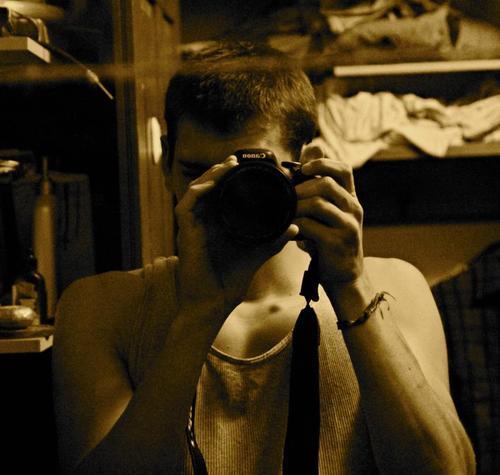Meet the Editors: Zach Bell!
Who are you?
A tightrope walker between skyscrapers made of Jello.
Where are you based? Where are you from?
I’m based in Bedstuy, Brooklyn and originally from New Haven, Connecticut.
What’s your favorite thing about the place that you live? What about where you are from?
In Bed stuy, the Marcy Playground. It’s the best basketball I’ve played in Brooklyn and there’s a consistent crew that all knows each other and is out every day there’s a dry court. In New Haven, Clark’s Dairy. When I was a kid, I would get a tall black raspberry milkshake with my mom every Wednesday as we’d wait for my brother to finish his violin lesson.
Where did you go to school (high school and college, if applicable)? What is your experience with educational institutions?
I moved out of New Haven to an exemplar boring suburb when I was thirteen and went to Amity Regional High School, the type of school where North Faces, Solo pants, and Tims flooded the halls. I tried to integrate myself into the school—played sports every season, did clubs, drank—but I never quite found my scene. Then I shipped out to Philadelphia to go to the University of Pennsylvania with high hopes of finding a community of like-minded folks. Turns out the institution wasn’t all that nurturing, and I bounced around from a stand up comedy club, a fraternity, service groups and a senior society looking for arms to lock with. It wasn’t until my senior year, particularly with Occupy Penn, that I felt a little more at home.
How did you get involved with Youngist?
I was interning at Salon.com and freelancing to sites like Truth-out, Alternet, and The Nation’s student blog. I was focusing on student issues and was really frustrated with how marginalized the content was on some of the sites, not to mention my own role as an intern. I had been at the National Student Power Convergence over the summer and felt like there was more than enough skill and drive among young organizers and writers to do it all ourselves. I spoke about the idea of youth-run, youth-targeted website with James Cersonsky (one of {young}ist’s contributors now!) who I’d become friends with in Philly. He was interning at The Nation at the time and we wondered if perhaps already existing lefty news organizations could just be altered, and James set out making the Student Nation what it is today adding the popular “student dispatches” feature. Still, I felt like the distance between the contributions and capabilities of young people in the mediascape was growing every day. I was also seeing how troubling it was when youth couldn’t speak for themselves, like when I covered the various “youth panels” at the Democratic National Convention. I spoke with Max Berger (now on our advisory board!) about the idea that I’d shelved in my mind, and he told me that it was the time to act. A week later I met with Isabelle (who I’d known for a while through student organizing) at the Washington Square Diner and {Young}ist was born.
How would you describe the current “online mediascape”? Where do you think young people (15-30) should get their news and analysis?
Uniform and unexpressive. Democracy Now! is my favorite source of news all around.
How, if at all, do you think social media can be used as a tool in grassroots organizing?
Organizing is about topology—it doesn’t matter what form it’s in, it just matters in what configurations the nodes are connected. I think we’re in a fascinating liminal period when folks from around the world are recognizing that it’s a choice whether or not to adhere to old structures based on geographic proximity or a constructed affinity. Social media exposes the arbitrary nature of these structures and let’s us ask with fresh eyes: how do we define community?
What do you hope to be able to accomplish through Youngist for our first year?
I’ve got big hopes for the participatory user experience of the site, which we’ve currently got on dock for our “second roll out” (one step at a time). If we get that far, the site might really become a place for on-to-offline campaign making, enterprise forming, and art collaboration. It might also make it the go to place for young people to find the most popular (crowd-voted) art that people their age around the world are making. So, I think that’s my hope for our first year.


